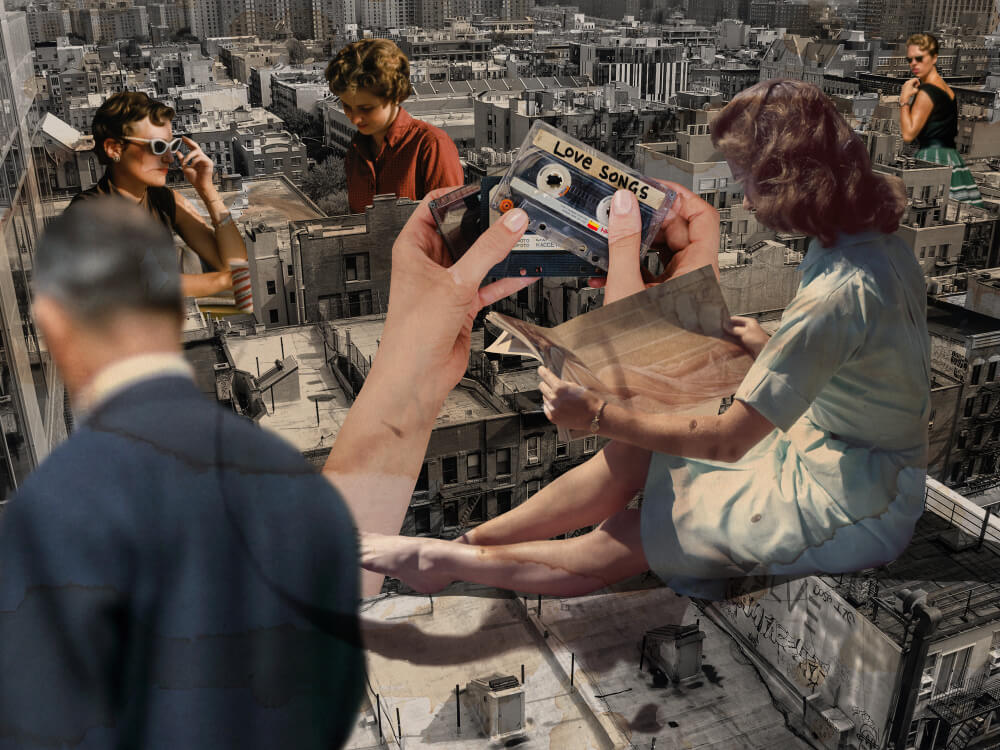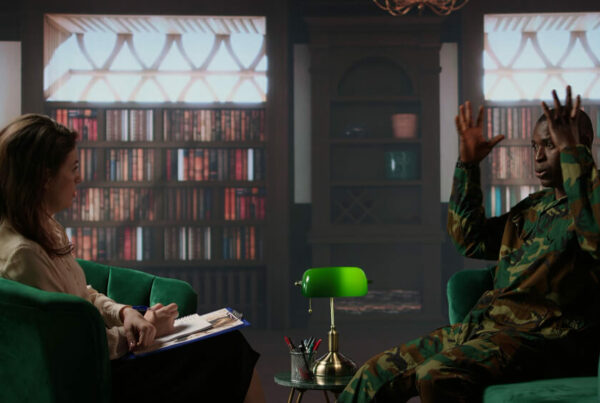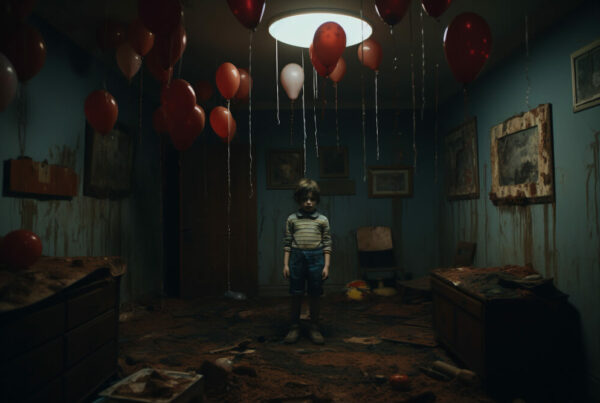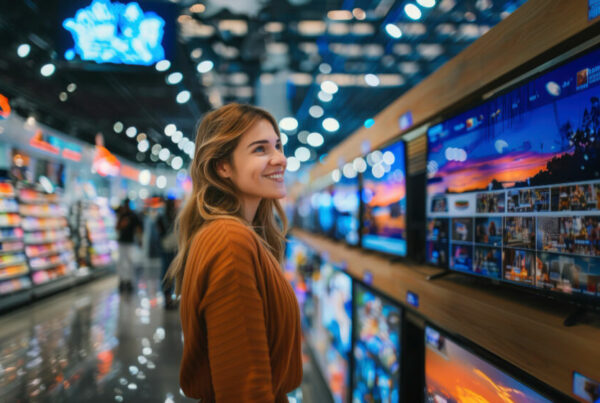Introduction
In the world of filmmaking, the choice of camera angles plays a pivotal role in how a story is told. The camera is not just a tool for recording visuals; it is an active participant in the storytelling process. The way a scene is framed, the height at which the camera is placed, and the angle at which it points at the subject can all significantly affect the audience’s perception of the story. By mastering different camera angles, filmmakers can evoke emotions, emphasize certain aspects of the narrative, and guide the viewer’s experience.
In this blog, we’ll dive deep into how various camera angles impact storytelling and when to use them for maximum effect. From high-angle shots that convey vulnerability to low angles that emphasize power, understanding these techniques is essential for any filmmaker looking to elevate their visual storytelling.
1. High-Angle Shots: Highlighting Vulnerability and Inferiority
A high-angle shot is captured from above the subject, looking down. This angle is often used to make a character appear small, weak, or vulnerable. It’s a subtle yet powerful way to visually convey a character’s state of mind or situation without having to spell it out through dialogue or action.
When to Use a High-Angle Shot
- Character at a Low Point: If your character is in a moment of despair or fear, a high-angle shot can amplify their emotional state. For example, a character who has just lost a battle, both metaphorically or literally, can be shot from a high angle to reflect their defeated state.
- Establishing Weakness: High-angle shots are also effective for establishing a power dynamic. If you have two characters, one in a position of power and the other in a vulnerable position, filming the weaker character from a high angle reinforces their inferiority.
Example in Film
In The Lord of the Rings: The Fellowship of the Ring, the high-angle shot of Frodo on Mount Doom during his internal struggle with the Ring highlights his vulnerability and the immense power that threatens to consume him. The shot visually reinforces his smallness compared to the overwhelming force he’s fighting against.
2. Low-Angle Shots: Emphasizing Power and Dominance
Opposite to the high-angle shot, the low-angle shot is filmed from below the subject, looking up. This angle makes the subject appear larger, more powerful, and dominant. Low-angle shots are excellent for portraying authority figures or moments when characters take control of a situation.
When to Use a Low-Angle Shot
- Highlighting Power: If you want to show a character as strong, in control, or dominant, a low-angle shot is your go-to technique. This is especially effective in action sequences or moments when a character has achieved victory.
- Villains and Antagonists: Low-angle shots are commonly used to portray villains, making them seem more imposing and threatening. It gives them a sense of authority that makes them feel larger than life.
Example in Film
In The Dark Knight, low-angle shots of the Joker, especially during his confrontations with Batman, help emphasize his chaotic power and unpredictable nature. The low angle makes him appear more menacing and in control, despite his seemingly erratic behavior.
3. Eye-Level Shots: Building Connection and Equality
An eye-level shot places the camera at the same height as the subject’s eyes. This angle creates a sense of neutrality and equality between the character and the audience. Eye-level shots are often used in dialogue scenes where the filmmaker wants the viewer to feel connected to the characters without influencing the audience’s perception of power dynamics.
When to Use an Eye-Level Shot
- Creating Relatability: Eye-level shots are perfect for moments when you want the audience to relate to the character on a personal level. By filming at the character’s eye level, you invite the audience into the scene as if they were part of the conversation.
- Neutral Tone: This angle is also useful when you want the scene to feel balanced and neutral, with no implied power struggle. It’s often used in scenes where the focus is on the emotional connection between characters rather than action or tension.
Example in Film
In Forrest Gump, most of the film is shot using eye-level angles, allowing the audience to connect deeply with Forrest’s emotional journey. The eye-level perspective makes him relatable and endearing, helping the audience empathize with his unique perspective on life.
4. Dutch Angle (Tilted Camera): Creating Disorientation and Tension
The Dutch angle, also known as a canted or tilted angle, is when the camera is tilted so the horizon line is not level. This creates a sense of unease, disorientation, or instability. Dutch angles are often used in scenes where the world of the character is chaotic, or something is about to go very wrong.
When to Use a Dutch Angle
- Conveying Disorientation: Dutch angles are perfect for scenes where a character feels out of control or confused. The tilted frame visually represents their emotional or mental instability.
- Building Tension: In thrillers or horror films, Dutch angles are commonly used to create a sense of impending doom or tension. The audience may not consciously realize the frame is tilted, but the effect creates an unsettling feeling.
Example in Film
In Inception, director Christopher Nolan frequently uses Dutch angles during the dream sequences to convey the disorientation of the characters navigating through different layers of reality. The tilted frames emphasize the unstable nature of their environment, heightening the tension in these scenes.
5. Bird’s Eye View: Offering a God-Like Perspective
A bird’s eye view is an extreme high-angle shot where the camera is positioned directly above the subject, looking down. This angle gives the audience a god-like perspective, making the characters or objects in the frame seem small and insignificant in the grand scheme of things.
When to Use a Bird’s Eye View
- Establishing Scope: Bird’s eye views are often used in establishing shots to give the audience a sense of the scene’s scale. Whether it’s a sprawling cityscape or a small, isolated village, this angle provides the audience with a broad view of the setting.
- Depicting Helplessness: When characters are shown from a bird’s eye view, it can make them seem insignificant or helpless, especially when they are trapped in a situation they can’t control.
Example in Film
In The Matrix, bird’s eye view shots are frequently used to show the vastness of the virtual world that the characters inhabit. These shots often highlight the immense power and complexity of the Matrix, dwarfing the characters in comparison.
6. Over-the-Shoulder Shots: Inviting the Audience into the Conversation
An over-the-shoulder shot is filmed from behind one character, looking over their shoulder at another character or object. This angle is commonly used in dialogue scenes, as it creates a sense of intimacy and involvement, making the audience feel like they are part of the conversation.
When to Use an Over-the-Shoulder Shot
- Dialogue Scenes: Over-the-shoulder shots are ideal for dialogue, especially when you want to keep both characters in the frame. This angle allows you to focus on the character who is speaking while still showing the other character’s reactions.
- Creating Perspective: This shot also gives the audience the perspective of one character, helping them see things from their point of view.
Example in Film
In The Godfather, over-the-shoulder shots are used extensively during key dialogue scenes. These shots pull the audience into the intimate, tense negotiations between characters, making the audience feel like they are part of the inner circle.
7. Wide Shots: Establishing the Environment and Context
Wide shots, also known as long shots, show the subject in their environment, giving the audience a sense of scale and context. These shots are typically used at the beginning of a scene to establish the setting or during action sequences to capture the full scope of movement.
When to Use a Wide Shot
- Establishing Shots: A wide shot is perfect for introducing a new location or setting. It gives the audience a full view of the environment and helps them understand where the action is taking place.
- Action Scenes: Wide shots are often used in action sequences to capture the full range of movement and action. They allow the audience to see everything that’s happening, making the scene feel more dynamic and exciting.
Example in Film
In Mad Max: Fury Road, wide shots are frequently used during the high-speed chase scenes through the desert. These shots give the audience a full view of the action, emphasizing the vast, desolate landscape and the relentless pursuit that defines the film.
Conclusion: Choosing the Right Angle for Your Story
Camera angles are a powerful tool in a filmmaker’s arsenal, capable of shaping the way a story is told and experienced by the audience. Each angle carries with it a unique emotional or psychological effect, allowing filmmakers to subtly influence how the viewer perceives the characters, setting, and narrative.Mastering these camera angles will enhance your visual storytelling, giving you the ability to communicate emotions, power dynamics, and themes in ways that go beyond the script. As you continue to experiment with different angles in your films, you’ll discover how each perspective can add depth and richness to your storytelling, creating a more immersive experience for your audience.





